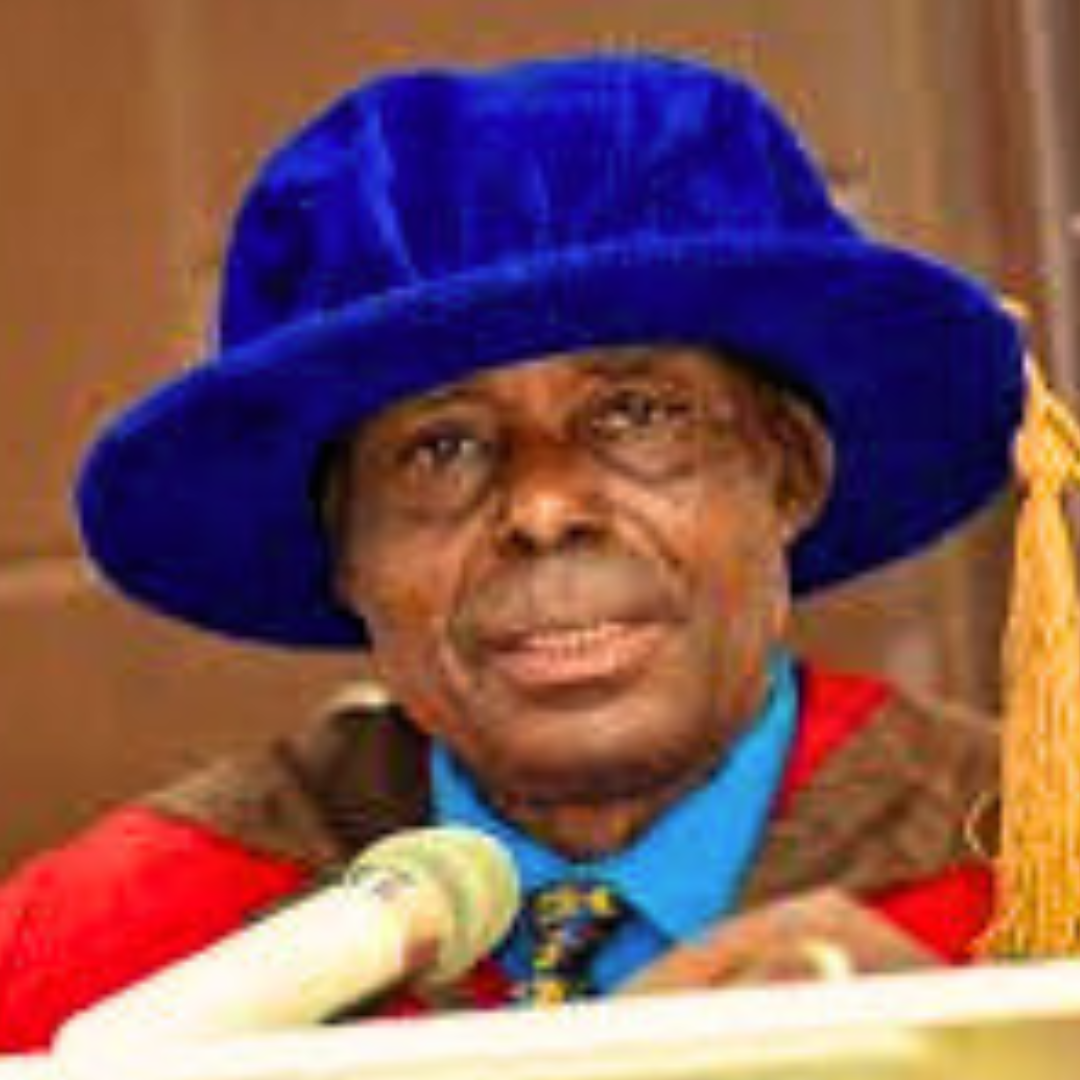
CATECHISM AND THE DOCTRINES OF THE UNIVERSAL CHURCH
Catechism is a set of principles and dogmas of a specific religion meant to be imbibed before being formally inducted into the religion.
When one contemplates joining a club or society, the first thing is for one to be familiar with the objectives and principles of the group, and find them agreeable. And once you find them acceptable, you are ready to comply with those principles and subscribe to them. It is not enough to subscribe to the Christian religion; it is important to accept the core principles of the particular sect or sub-group to which one belongs. For instance, as a Christian, you are expected to subscribe further into Catholicism which makes you a specific type of Christian, and commits you to certain obligations.
The most authoritative book for Catholicism is The Catechism of the Catholic Church (St Pauls, 1994), In his Foreword to the publication, dated October 11, 1992, Pope John Paul II, who commissioned twelve Cardinals and Bishops in 1986, under the chair of Cardinal Joseph Ratzinger, to prepare a draft as requested by the Synod of the previous year, wrote as follows: “The Catechism of the Catholic Church is the result of very extensive collaboration; it was prepared over six years of intense work done in a spirit of complete openness and fervent zeal” (CCC, p.24).
Writing further, the Holy Father stated that the catechism “is not intended to replace the local catechisms duly approved by the Ecclesiastical authorities, the Diocesan Bishops, and the Episcopal Conferences, especially if they have been approved by the Apostolic See. It is meant to encourage and assist in the writing of new local catechisms, which take into account various situations and cultures, while carefully preserving the unity of faith and fidelity to Catholic doctrine” (CCC, p.27). The last statement touches on the sensitive issues of enculturation, and the domestication of certain aspects of the liturgical process, which are being currently addressed.
The CCC opens with a Prologue and is divided into the following three parts: Part One - The Profession of Faith; Part Two - The Celebration of the Christian Mystery; and Part Three - Life in Christ. The 736-page document deals with no less than 54 Articles of Faith, covering the entire gamut of Christian life from profession of faith to acceptance of the mysteries, and living an active Christian life. Starting with the Apostles’ Creed, every new entrant to Christianity professes the Articles of Faith relating to the Father, the Son, and the Holy Spirit, and the facts of Christ’s death, resurrection and ascension into Heaven, and in the One, Holy, Catholic, and Apostolic Church, “the communion of saints, the forgiveness of sins, the resurrection of the body, and life everlasting” (The Apostles’ Creed).
These Catholic dogmas are accepted as Articles of unquestionable Faith on which the overall Catholic life is based. Accepting the faith is followed by the reception of the various sacraments, from Baptism to First Holy Communion, to Confirmation, to Penance and Reconciliation to Marriage or the alternative of embracing the Holy Orders. Each sacrament is guided strictly by rules and regulations which have to be observed on a daily basis. Faith and obedience are the two critical cogs which spin the Christian wheel.
The Catholic Church is all too often accused of being conservative in its doctrine. Ironically, it is this conservatism that has kept it alive and unique till this day; otherwise, many of its cherished values would have vanished. While allowing for socio-cultural and linguistic peculiarities, the Catholic Church has stood firm on all its core values, such as obedience, poverty, and celibacy.
Obedience is needed to maintain the existing order of things, while spiritual poverty and meekness are needed to inherit the Kingdom of God and possess the earth (Matthew 5:3-4). With regard to celibacy, Jesus Christ recognizes three categories of chastity: Those born chaste, those made chaste by others, and those “who have made themselves chaste for the sake of the kingdom of heaven” (Matthew 19:12). It is to this third category that priestly celibacy belongs.
Apart from the rare situation of permanent deacons, all ordained ministers of the Roman Catholic Church are expected to remain unmarried. The very nature of priesthood founded on Christ makes marriage and family life a major distraction in the effective discharge of priestly responsibilities. Married people will readily attest to the heavy demands which domestic duties make on a man’s daily schedule.
Furthermore, priesthood is a form of marriage to the Church and to Christ, requiring the priest’s undivided attention to his parishioners who constitute his primary constituency. As a Rev. Father, he is actually the spiritual ‘father’ of his parishioners, and he must establish that paternal relationship with all members of his parish, relating to most of them on first-name basis.
A priest needs to be able to maintain confidential relationship with many of his parishioners, knowing their innermost worries and concerns. He cannot do this effectively if he carries the additional burden of a biological family, which is a full-time job in itself. This is the logic behind the concept of celibacy for the Roman Catholic priest.
Being a true Christian is challenging; but being a committed Catholic is far more challenging. The Catholic Church is in possession of the fundamental truths of Christ by the profundity of its catechetical doctrines, rooted in the Holy Bible. The greater the knowledge of the truth, the greater the punishment for deliberate violation. Catholicism is, therefore, a demanding philosophy, which exacts strict compliance from its practitioners.



Leave a Comment